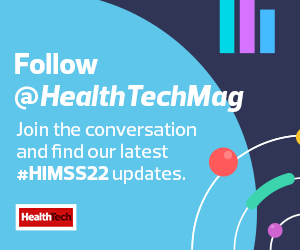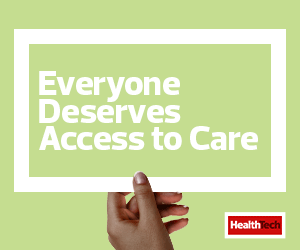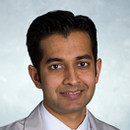HEALTHTECH: How has remote patient monitoring evolved?
SHAH: There have been a few periods of rapid growth in telehealth and remote patient monitoring. The initial remote monitoring occurred with the advent of telephones, when a physician could do a remote consultation. The second phase grew out of the federal government’s interest in monitoring the care of astronauts in space. In this phase, there were improvements in the ability to collect physiological data remotely in the form of electrocardiograms and blood pressure cuffs.
It wasn’t until the internet age when remote monitoring really took off, and we were able to transmit large quantities of data. In this phase, we are still talking about point measurements for remote monitoring, such as readings from blood pressure cuffs, weight scales and glucose monitors. It wasn’t really until the ability to have smaller and cheaper microchips, implantable devices and machine learning when we were able to conduct and make sense of continuous remote monitoring with large volumes of physiological data.
HEALTHTECH: What was the planning process like to launch the continuous RPM program at NorthShore? Which stakeholders were initially involved? What adjustments did you make along the way?
SHAH: When we initially started, we were attempting to predict the risk of complication after surgery. At the time, we were in the midst of a change in how NorthShore conducted perioperative care and anesthesia, and so the length of stay was in flux and rapidly decreasing. Essentially, the historical data was no longer a valid representation of the current postsurgical experience, limiting our predictive ability.
We realized that we needed to start monitoring patients on discharge to understand the risk of developing postoperative complications. As we were thinking about solving this, we took the approach that we wanted to be broad and scalable so that we could leverage this technology not only for surgical use cases but also for different high-risk medical use cases, such as heart failure and chronic obstructive pulmonary disease (COPD).
We built a multidisciplinary stakeholder group that included clinicians from diverse specialties and IT specialists to think about the clinical, analytics, security and device aspects of a remote monitoring solution. We performed a market evaluation and landed on a local startup, physIQ, which is a device-agnostic analytics company with a strong skill set in developing the machine learning algorithms to help make sense of high-volume continuous data.
We started our remote monitoring program via the research pathway by building out clinical trials to understand the feasibility and preliminary efficacy of continuous remote monitoring attached to a cascading and escalating clinical workflow.
The field of continuous remote monitoring is in its infancy. There are adjustments that we make every day within the constraints of our clinical trials. This is not an area where there’s robust literature that allows us to mimic best practices, so we have been a very nimble, agile and adaptable group. This work is a learning process in how best to implement this novel technology.
Click the banner below for more HealthTech content on virtual care strategies.














